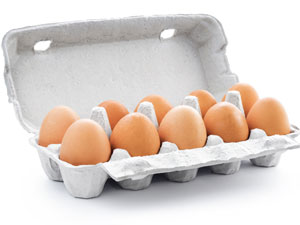Scientists in the US have developed a cheap fluorescent sensor for food spoilage that could be as easy to use as litmus paper.
‘Use-by’ dates on food products can give important guides as to whether the product is still safe to eat. However, they can be severely inaccurate. This leads to huge amounts of food waste, as supermarkets (and many consumers) dispose of anything that has exceeded this date, regardless of whether the food is actually spoiled.
Although accurate sensors for food spoilage are available – such as electronic noses and other fluorescent sensors – they often involve cumbersome or complicated procedures or lack generality, which makes them unsuitable for use in real-world applications.
Read the full article in Chemistry World
Link to journal article
Fluorescent DNAs printed on paper: sensing food spoilage and ripening in the vapor phase
Hyukin Kwon , Florent Samain and Eric T. Kool
Chem. Sci., 2012, Advance Article, DOI: 10.1039/C2SC20461D











